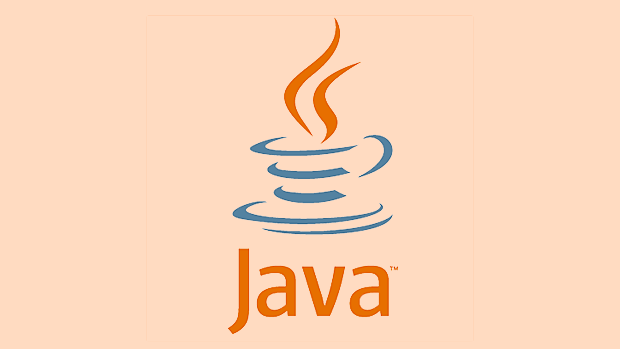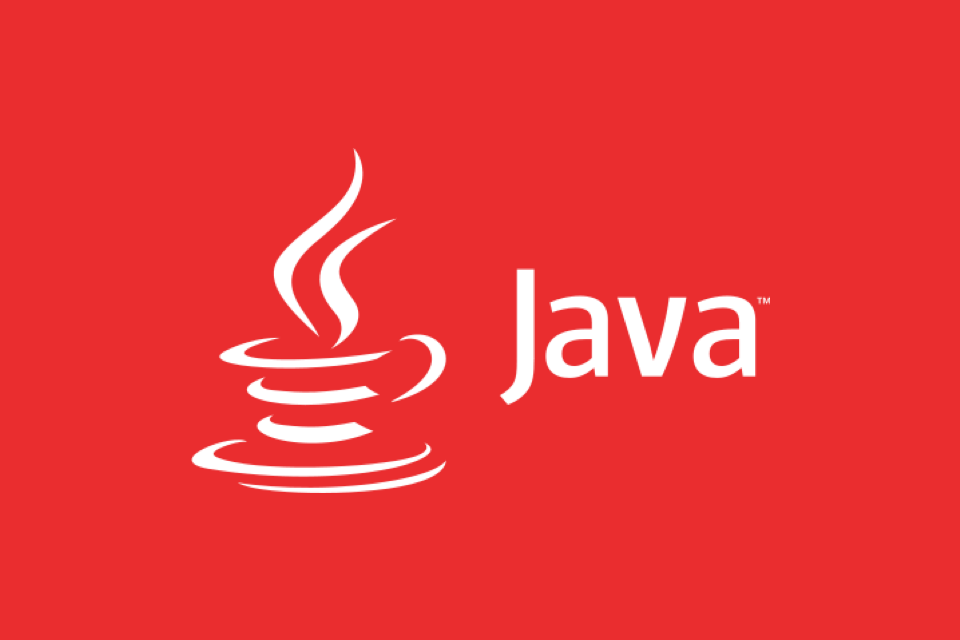The reflection mechanism in Java plays a core role in metaprogramming. It uses Class.forName() to load classes, getMethod() to get method objects, and invoke() to dynamically call methods to achieve dynamic execution operations; uses JDK dynamic proxy and CGLIB to generate proxy classes at runtime to support AOP or Mock frameworks; uses getDeclaredField() to obtain fields and setAccessible(true) to modify private field values, which are suitable for testing or framework development; combined with annotation processors, it can generate code during the compilation period to improve performance and security. Although the reflection is strong, attention should be paid to performance overhead, exception handling and access control issues.

The Java reflection mechanism itself is already very powerful, but in the case of Metaprogramming, we often need to use reflection more deeply to dynamically process classes, methods and fields. This is not just as simple as getting class information at runtime, but rather the ability to truly implement "code generation code" or "dynamic behavior control".

This article mainly talks about how to use advanced reflection techniques in Java to support metaprogramming practice.
Get the class structure and call the method dynamically
A common requirement for metaprogramming is to perform certain operations dynamically based on runtime information. For example, you might need to load a class based on the configuration file and call a method of it.

Key points:
- Loading the class using
Class.forName() - Get method object through
getDeclaredMethods()orgetMethod() - Dynamically call methods using
Method.invoke()
Class<?> clazz = Class.forName("com.example.MyService");
Object instance = clazz.getDeclaredConstructor().newInstance();
Method method = clazz.getMethod("doSomething", String.class);
method.invoke(instance, "hello");suggestion:

- Try to read the method name and parameter type from the configuration to avoid hard coding
- Pay attention to exception handling, especially
IllegalAccessExceptionandInvocationTargetException - Use
setAccessible(true)for private methods, but be careful of security restrictions
Dynamically create classes and proxy objects
Sometimes you need to generate new classes at runtime, such as to implement AOP (sectional-oriented programming) or Mock frameworks. Java provides two ways:
- JDK Dynamic Proxy (Interface-based)
- CGLIB (based on inheritance)
The basic process of JDK dynamic proxy:
- Implement the
InvocationHandlerinterface - Call
Proxy.newProxyInstance()to create a proxy object
MyInterface proxy = (MyInterface) Proxy.newProxyInstance(
loader, new Class[]{MyInterface.class}, handler);CGLIB is more flexible:
- No interface is needed, subclasses are generated directly
- More suitable for intercepting method calls in specific classes
Notice:
- The generated class will not be automatically uninstalled by the JVM, which may cause memory problems.
- Some frameworks (such as Spring) automatically choose the proxy method by default, but it is important to understand the underlying principles.
Modify class field values and bypass access control
Sometimes you need to modify the private fields of an object, such as injecting dependencies when doing unit testing, or viewing internal status during debugging.
Basic steps:
- Get field object:
clazz.getDeclaredField("fieldName") - Set accessibility:
field.setAccessible(true) - Modify the value:
field.set(instance, newValue)
Field field = MyClass.class.getDeclaredField("secretValue");
field.setAccessible(true);
field.set(myInstance, "new secret");Pay attention to practical applications:
- Security Manager may block
setAccessible(true) - In modular systems (Java 9), some packages are not accessible by default
- Try to use it only in tests or frameworks to avoid abuse and destroy encapsulation
Compile period metaprogramming combined with annotation processor
Although reflection is a runtime mechanism, if you want to generate code during the compilation stage, you can combine an annotation processor to do static metaprogramming.
Typical application scenarios:
- Code generation of frameworks such as ButterKnife, Dagger, etc.
- Automatically generate Builder, ToString and other methods
Key points:
- Writing custom annotations and processors
- Using
javac's API to analyze code structure at compile time - Generate new source files using
JavaFileObject
Although this method does not use reflection directly, it is a supplement to the reflection-driven metaprogramming logic - taking part of the runtime work forward to compile time to improve performance and security.
Basically that's it. Reflection plays far more than "look at class structures" in Java metaprogramming. It can help you build highly dynamic and flexible systems. But don't forget that reflection operations are much slower than direct calls and can easily lead to maintenance costs. When using it, think clearly whether you really need it.
There are several uncomplexing but easy to ignore: access control, exception handling, and changes in the support of reflections by different JDK versions. Pay more attention to these details and you can avoid many pitfalls.
The above is the detailed content of Advanced Java Reflection for Metaprogramming. For more information, please follow other related articles on the PHP Chinese website!

Hot AI Tools

Undress AI Tool
Undress images for free

Undresser.AI Undress
AI-powered app for creating realistic nude photos

AI Clothes Remover
Online AI tool for removing clothes from photos.

Clothoff.io
AI clothes remover

Video Face Swap
Swap faces in any video effortlessly with our completely free AI face swap tool!

Hot Article

Hot Tools

Notepad++7.3.1
Easy-to-use and free code editor

SublimeText3 Chinese version
Chinese version, very easy to use

Zend Studio 13.0.1
Powerful PHP integrated development environment

Dreamweaver CS6
Visual web development tools

SublimeText3 Mac version
God-level code editing software (SublimeText3)
 Asynchronous Programming Techniques in Modern Java
Jul 07, 2025 am 02:24 AM
Asynchronous Programming Techniques in Modern Java
Jul 07, 2025 am 02:24 AM
Java supports asynchronous programming including the use of CompletableFuture, responsive streams (such as ProjectReactor), and virtual threads in Java19. 1.CompletableFuture improves code readability and maintenance through chain calls, and supports task orchestration and exception handling; 2. ProjectReactor provides Mono and Flux types to implement responsive programming, with backpressure mechanism and rich operators; 3. Virtual threads reduce concurrency costs, are suitable for I/O-intensive tasks, and are lighter and easier to expand than traditional platform threads. Each method has applicable scenarios, and appropriate tools should be selected according to your needs and mixed models should be avoided to maintain simplicity
 Best Practices for Using Enums in Java
Jul 07, 2025 am 02:35 AM
Best Practices for Using Enums in Java
Jul 07, 2025 am 02:35 AM
In Java, enums are suitable for representing fixed constant sets. Best practices include: 1. Use enum to represent fixed state or options to improve type safety and readability; 2. Add properties and methods to enums to enhance flexibility, such as defining fields, constructors, helper methods, etc.; 3. Use EnumMap and EnumSet to improve performance and type safety because they are more efficient based on arrays; 4. Avoid abuse of enums, such as dynamic values, frequent changes or complex logic scenarios, which should be replaced by other methods. Correct use of enum can improve code quality and reduce errors, but you need to pay attention to its applicable boundaries.
 Understanding Java NIO and Its Advantages
Jul 08, 2025 am 02:55 AM
Understanding Java NIO and Its Advantages
Jul 08, 2025 am 02:55 AM
JavaNIO is a new IOAPI introduced by Java 1.4. 1) is aimed at buffers and channels, 2) contains Buffer, Channel and Selector core components, 3) supports non-blocking mode, and 4) handles concurrent connections more efficiently than traditional IO. Its advantages are reflected in: 1) Non-blocking IO reduces thread overhead, 2) Buffer improves data transmission efficiency, 3) Selector realizes multiplexing, and 4) Memory mapping speeds up file reading and writing. Note when using: 1) The flip/clear operation of the Buffer is easy to be confused, 2) Incomplete data needs to be processed manually without blocking, 3) Selector registration must be canceled in time, 4) NIO is not suitable for all scenarios.
 How Java ClassLoaders Work Internally
Jul 06, 2025 am 02:53 AM
How Java ClassLoaders Work Internally
Jul 06, 2025 am 02:53 AM
Java's class loading mechanism is implemented through ClassLoader, and its core workflow is divided into three stages: loading, linking and initialization. During the loading phase, ClassLoader dynamically reads the bytecode of the class and creates Class objects; links include verifying the correctness of the class, allocating memory to static variables, and parsing symbol references; initialization performs static code blocks and static variable assignments. Class loading adopts the parent delegation model, and prioritizes the parent class loader to find classes, and try Bootstrap, Extension, and ApplicationClassLoader in turn to ensure that the core class library is safe and avoids duplicate loading. Developers can customize ClassLoader, such as URLClassL
 Handling Common Java Exceptions Effectively
Jul 05, 2025 am 02:35 AM
Handling Common Java Exceptions Effectively
Jul 05, 2025 am 02:35 AM
The key to Java exception handling is to distinguish between checked and unchecked exceptions and use try-catch, finally and logging reasonably. 1. Checked exceptions such as IOException need to be forced to handle, which is suitable for expected external problems; 2. Unchecked exceptions such as NullPointerException are usually caused by program logic errors and are runtime errors; 3. When catching exceptions, they should be specific and clear to avoid general capture of Exception; 4. It is recommended to use try-with-resources to automatically close resources to reduce manual cleaning of code; 5. In exception handling, detailed information should be recorded in combination with log frameworks to facilitate later
 How does a HashMap work internally in Java?
Jul 15, 2025 am 03:10 AM
How does a HashMap work internally in Java?
Jul 15, 2025 am 03:10 AM
HashMap implements key-value pair storage through hash tables in Java, and its core lies in quickly positioning data locations. 1. First use the hashCode() method of the key to generate a hash value and convert it into an array index through bit operations; 2. Different objects may generate the same hash value, resulting in conflicts. At this time, the node is mounted in the form of a linked list. After JDK8, the linked list is too long (default length 8) and it will be converted to a red and black tree to improve efficiency; 3. When using a custom class as a key, the equals() and hashCode() methods must be rewritten; 4. HashMap dynamically expands capacity. When the number of elements exceeds the capacity and multiplies by the load factor (default 0.75), expand and rehash; 5. HashMap is not thread-safe, and Concu should be used in multithreaded
 Explained: Java Polymorphism in Object-Oriented Programming
Jul 05, 2025 am 02:52 AM
Explained: Java Polymorphism in Object-Oriented Programming
Jul 05, 2025 am 02:52 AM
Polymorphism is one of the core features of Java object-oriented programming. Its core lies in "one interface, multiple implementations". It implements a unified interface to handle the behavior of different objects through inheritance, method rewriting and upward transformation. 1. Polymorphism allows the parent class to refer to subclass objects, and the corresponding methods are called according to the actual object during runtime; 2. The implementation needs to meet the three conditions of inheritance relationship, method rewriting and upward transformation; 3. It is often used to uniformly handle different subclass objects, collection storage and framework design; 4. When used, only the methods defined by the parent class can be called. New methods added to subclasses need to be transformed downward and accessed, and pay attention to type safety.
 Effective Use of Java Enums and Best Practices
Jul 07, 2025 am 02:43 AM
Effective Use of Java Enums and Best Practices
Jul 07, 2025 am 02:43 AM
Java enumerations not only represent constants, but can also encapsulate behavior, carry data, and implement interfaces. 1. Enumeration is a class used to define fixed instances, such as week and state, which is safer than strings or integers; 2. It can carry data and methods, such as passing values ??through constructors and providing access methods; 3. It can use switch to handle different logics, with clear structure; 4. It can implement interfaces or abstract methods to make differentiated behaviors of different enumeration values; 5. Pay attention to avoid abuse, hard-code comparison, dependence on ordinal values, and reasonably naming and serialization.






